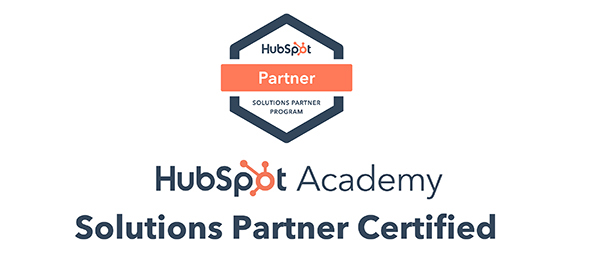5 Reasons Why Sliders Suck (and 4 Things To Do Instead)
![]() by Team Trivera
on
Jun 28, 2017
by Team Trivera
on
Jun 28, 2017
There’s been a lot of debate in the world of web design about using a slider/carousel (see the study by usability expert, Jakob Nielsen). They look nice, but as a lover of modern design and architecture, I’m a firm believer in form following function. Sliders aren’t functional. (We're in the process of redesigning Trivera's website, and we're not including one!)
Here are five reasons why sliders don’t convert (and can hurt your SEO):
- They slow down your site
- They look like ads, so users scroll right past them (banner blindness)
- They dilute your marketing message—there’s no focal point
- Sliders that automatically advance take control away from the user
- Research shows that only about 1% of users click on sliders
Slider Alternatives
So what should you use instead? We recommend creating simple content that clearly communicates your company's message. You can achieve that with one of the approaches below.
Use a hero image. A static hero image (a large full-width image) with a strong marketing message and a call to action can achieve a similar look to a slider. It provides visual interest to grab a user’s attention, and creates hierarchy on the page. This approach has been proven to convert. Here are some examples of sites that use a hero image with a call to action: Moz , Starbucks, Netflix and Hello Fresh.
Use a video. Videos engage users. They tell a story, create human interest, and can quickly deliver your message. Here are some examples of successful sites that use a video: IBM , Blue Apron, Airbnb and HP.
Use a lead generation form or a search form with a hero image. This approach is similar to the hero image approach, but adds a conversion point to a prime area of your site (above the fold.) Here are some examples: Hilton Hotels & Resorts, Uber, Evernote and Epicurious.
Use a grid approach. Using a grid approach allows you to feature more than once message without overwhelming a user or slowing down your site. This layout also works really well on mobile devices. Here are some examples: Apartment Therapy, Lifehacker and Twitter.
Even though visitors are used to scrolling past the fold to view engaging, compelling content, the spot typically occupied by sliders is too valuable to waste with anything that doesn't provide measurable value. By using your Google Analytics or heat mapping, you can find the element that best facilitates a user journey that leads to conversion.
Photo Credit: Adobe Stock
Share this article
 Login
Login


